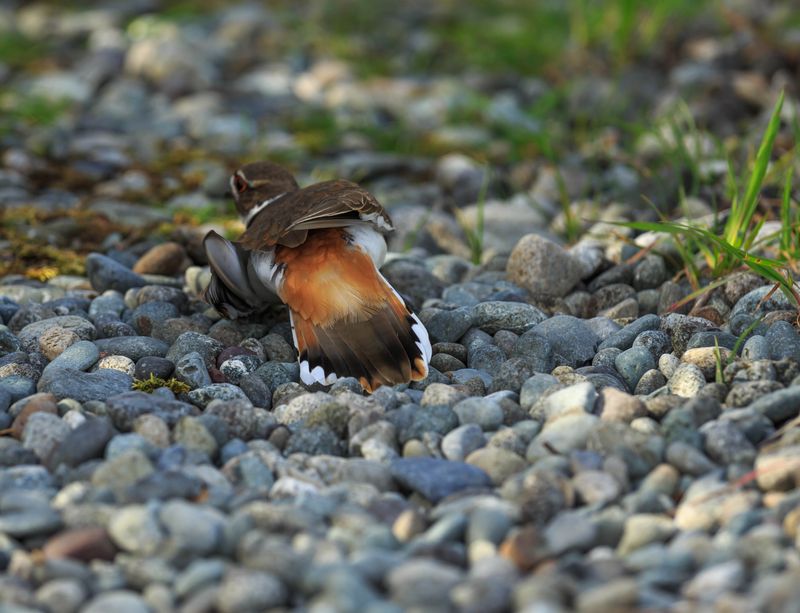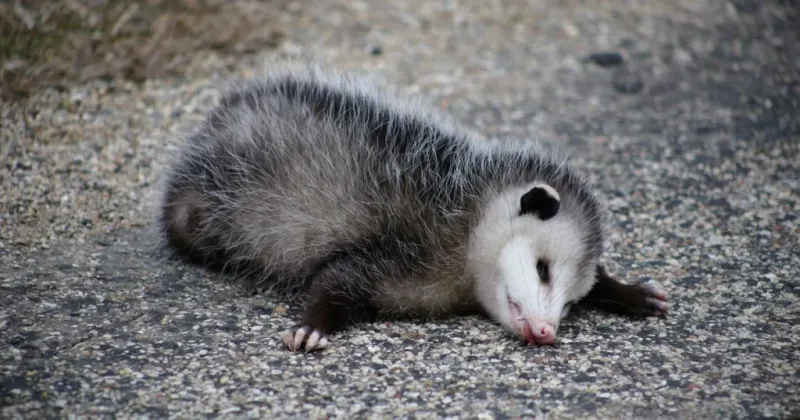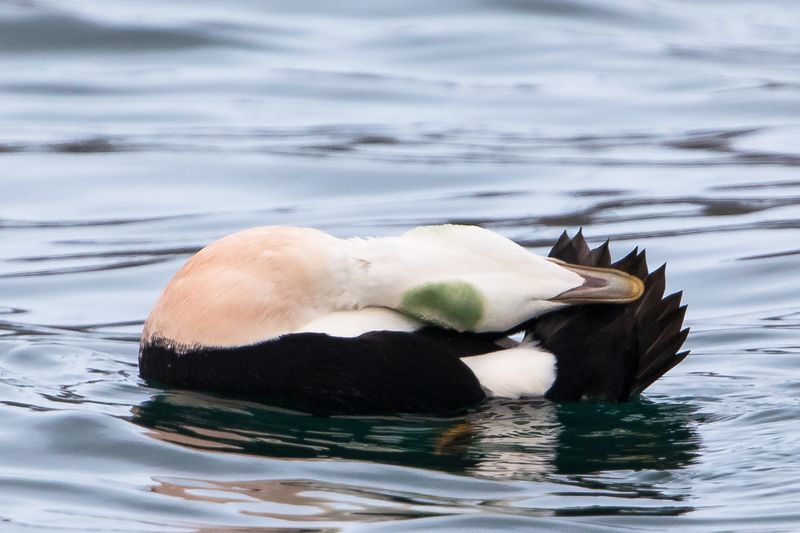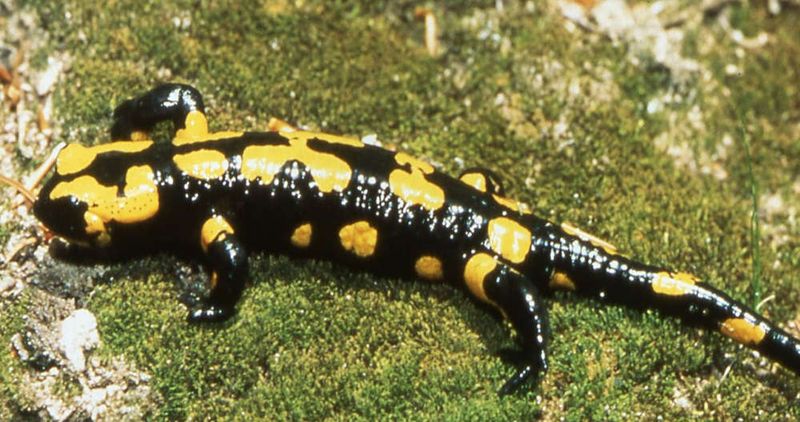Some animals deserve an Oscar.
They limp, cry, collapse, and shake—on purpose.
But not because they’re in pain.
Because they want you to think they are.
While humans lie for drama, survival, or attention, animals do it to stay alive.
And they’re good at it.
So good that even seasoned predators—and clueless humans—fall for the act.
We’re talking birds that fake broken wings.
Insects that play dead mid-chase.
And fish that pretend to be easy prey—only to strike back when it’s too late.
These wild imposters don’t just survive—they outsmart.
And the way they do it is nothing short of brilliant.
Let’s meet the masters of deception who could teach even Hollywood a thing or two.
Killdeer

The Killdeer, a plover-like bird, is known for its dramatic broken-wing act. When predators approach its nest, the Killdeer feigns injury, dragging one wing along the ground. This draws attention away from its vulnerable eggs.
Its theatrical display, complete with plaintive cries, is a masterclass in avian deception. The predator is lured away, and the bird miraculously ‘heals’ once the danger passes.
This act showcases the Killdeer’s adaptability and resourcefulness. Its survival depends not on fighting but on convincing its enemy it’s an easy target, only to escape at the last moment.
Hognose Snake

With an Oscar-worthy performance, the Hognose Snake fakes its death to avoid confrontation. When threatened, it flips onto its back, mouth agape, releasing a foul odor.
This convincing charade deters predators, as the dead are less appealing targets. Interestingly, if flipped upright, the snake will promptly roll over again, committed to its act.
Beyond its theatrical flair, the Hognose Snake’s ability to ‘die’ at will is a testament to its evolutionary prowess. This strategy, passed down through generations, highlights nature’s creativity in the face of danger.
Opossum

The phrase ‘playing possum’ originates from the opossum’s incredible defensive strategy. When threatened, it collapses, appearing lifeless, drool trickling from its mouth.
This state of seeming death can last for hours, deterring predators who prefer live prey. The opossum’s body even emits a decaying odor, enhancing the illusion.
This involuntary reaction is a survival instinct, showcasing the opossum’s unique adaptation. By becoming the least appealing meal, it ensures its safety—a remarkable example of nature’s ingenuity in self-preservation.
Common Eider

The Common Eider, a large sea duck, uses the broken wing act to safeguard its brood. When predators loom, it flaps one wing helplessly, leading threats away from its ducklings.
Its act is convincing, drawing danger away and buying precious time for its young. The mother eider’s courage is evident in her selfless display.
Her performance highlights the instincts ingrained in wildlife for survival. This deceptive tactic underscores the delicate balance between predator and prey in nature’s complex web.
Brown Anole

The Brown Anole lizard’s defense mechanism involves more than just faking an injury. When caught, it detaches its own tail, leaving it wriggling as a decoy.
This spectacle distracts predators, allowing the anole to escape. Unlike others, it sacrifices part of itself, which regenerates over time.
This lizard’s regenerative ability is a marvel of adaptation. Its willingness to shed a part of itself demonstrates the complex survival strategies animals develop in response to threats.
Fire Salamander

The Fire Salamander is renowned for its toxic skin, yet it also employs an injury act when threatened. It contorts its body and emits distress signals.
Despite its poisonous nature, sometimes deception is preferred over confrontation. Its bright coloration serves as a warning, but its act adds an element of surprise.
This amphibian’s dual strategy reflects its adaptability in diverse situations. By combining toxicity with theatrical deception, it maximizes its survival odds, a testament to evolution’s ingenuity.

